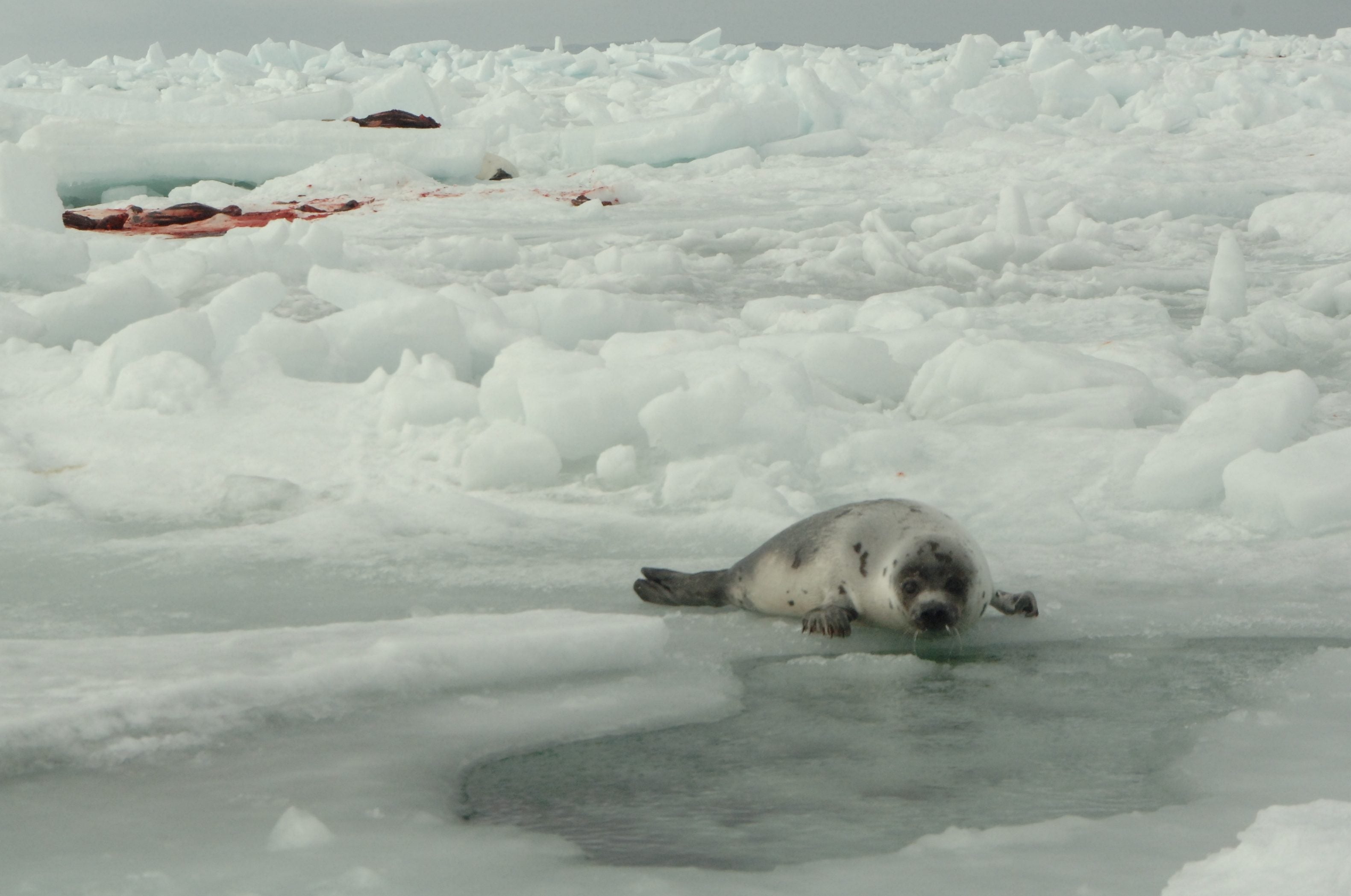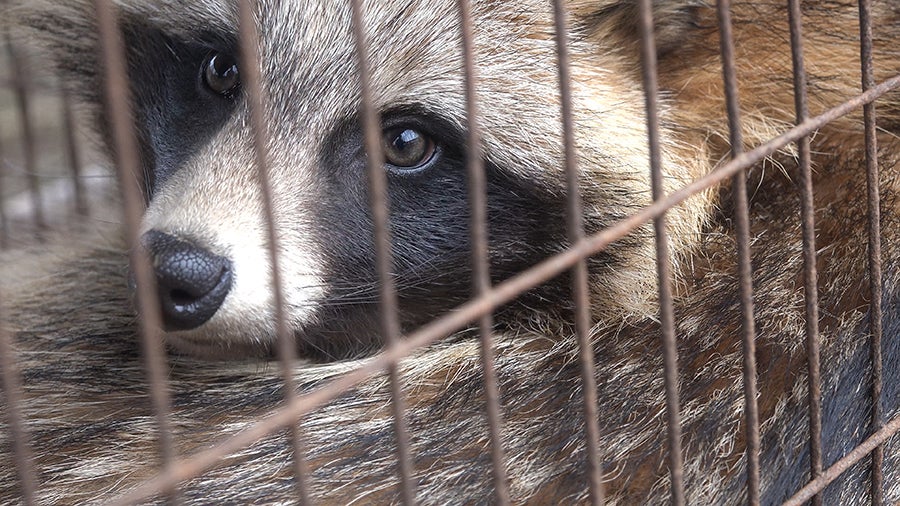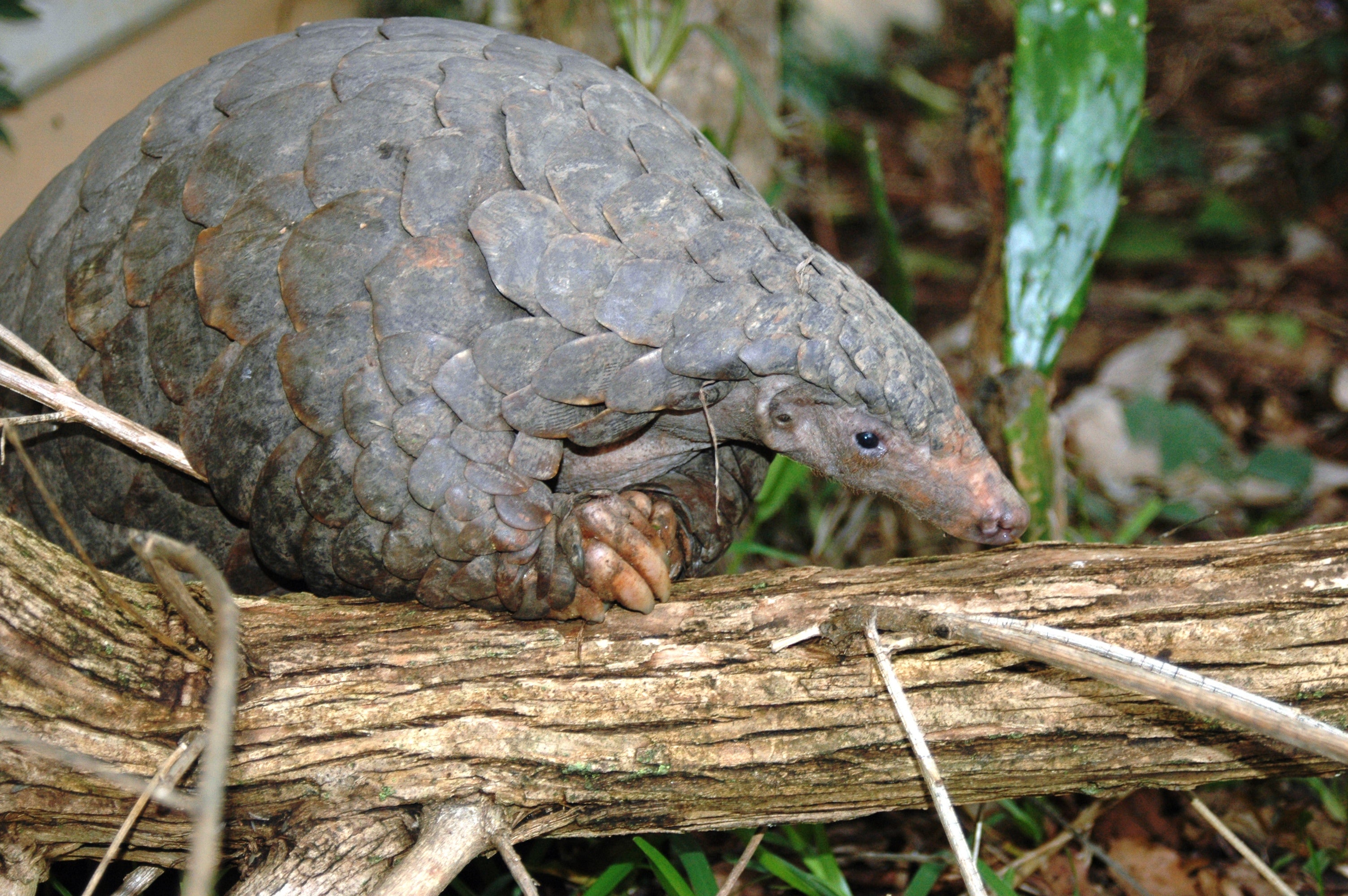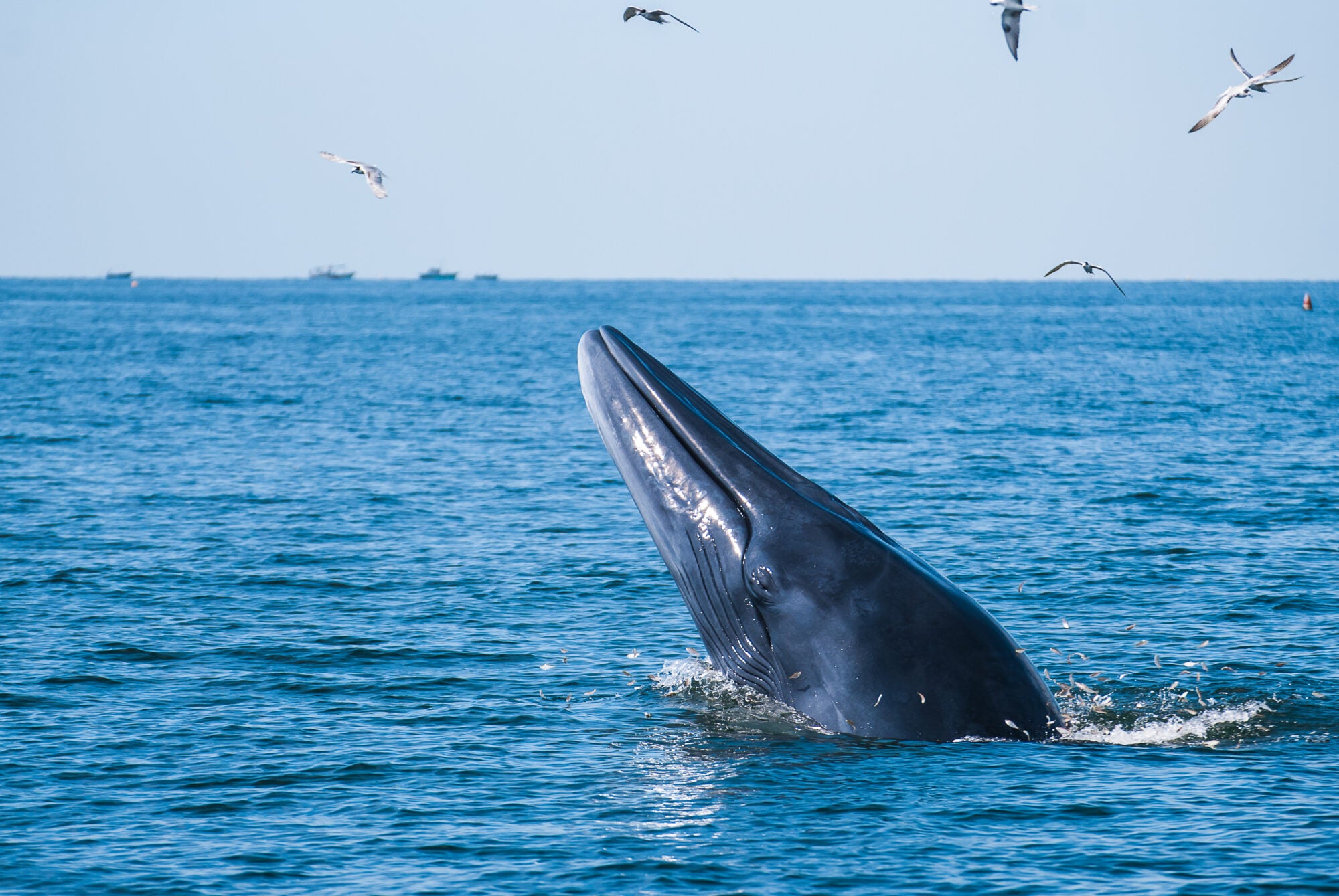
37
Number of countries prohibiting trade in products of commercial seal hunting
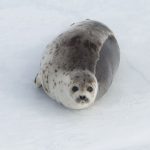
3M
Seals saved from slaughter in the past decade, thanks in large part to HSI and our supporters

90%
Percentage of licensed sealers who no longer participate in the slaughter
The Issue
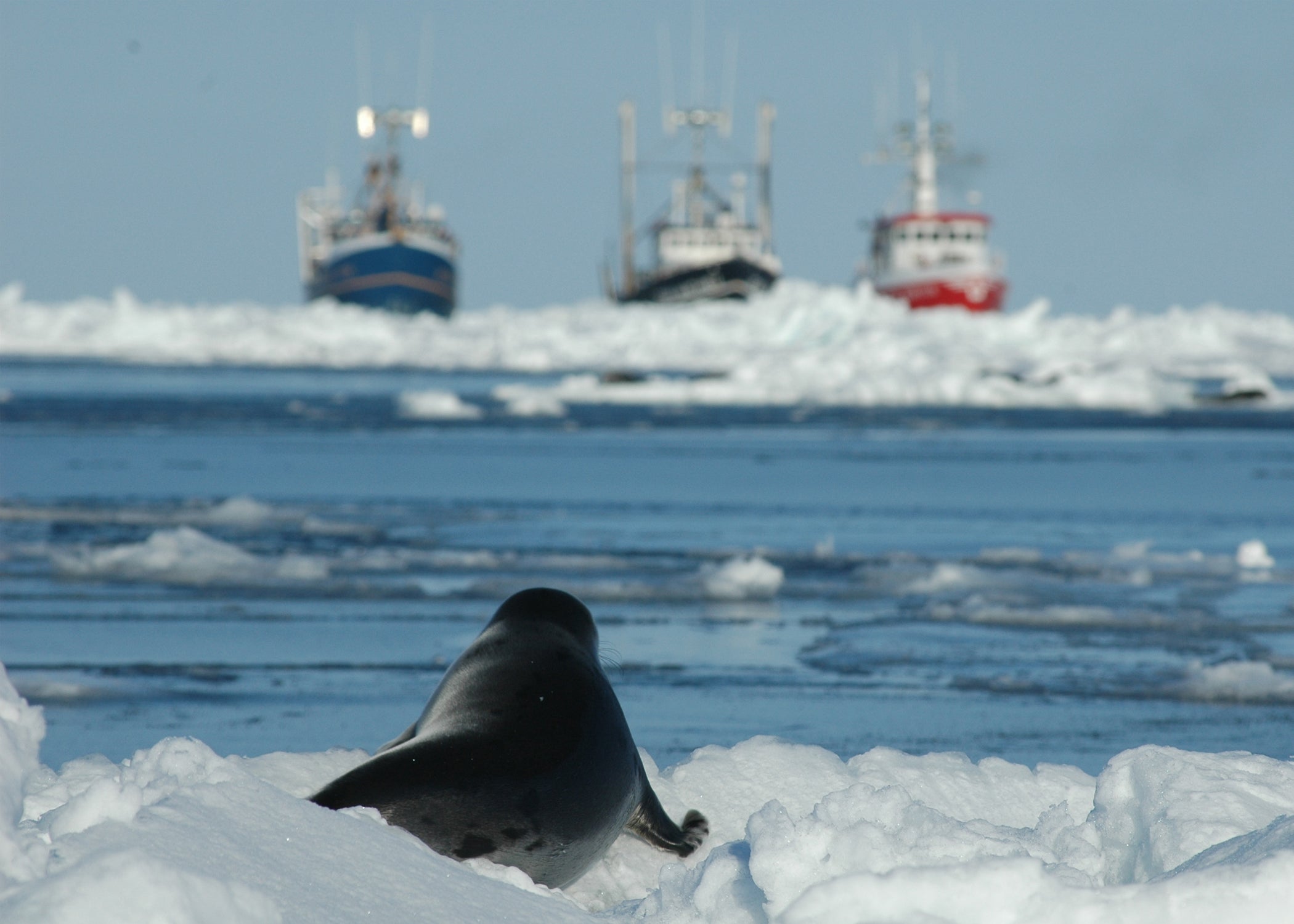
The commercial seal hunt primarily occurs far offshore in the northwest Atlantic, an extreme environment where consistent accuracy in shooting and clubbing is a practical impossibility. Many wounded seals escape and die a slow, painful death. Others are impaled on metal hooks while conscious, dragged across the ice and beaten to death on bloody boat decks. While enormous headway has been made in ending demand for commercial sealing products and millions of animals have been spared, much remains to be done.
Seal slaughter facts:
- Veterinary studies conclude that killing methods in the commercial seal hunt including seal clubbing and shooting are inherently inhumane and the slaughter should be ended.
- Seal slaughter targets populations already impacted by climate change, which is fast destroying their sea ice habitats.
- Baby seal fur is the focus of the Atlantic Canadian commercial seal hunt, and the rest of the animal is usually discarded at sea.
- The few hundred active sealers in Atlantic Canada are commercial fishermen who typically earn a small fraction of income from slaughtering seals.
- Millions of people in Canada and worldwide have called on the Canadian government to end the commercial seal slaughter.
- The industry remains dependent on government subsidies. In recent years, millions of dollars have been spent on icebreaking for commercial sealing vessels and grants and loans for seal processing and marketing companies—all at taxpayers’ expense.
- The Canadian government could easily shut down the seal hunt—a dying industry—and replace it with economic alternatives should it choose to do so.
Call to stop the killing of baby seals
Urge the Canadian government to end the commercial seal hunt once and for all
